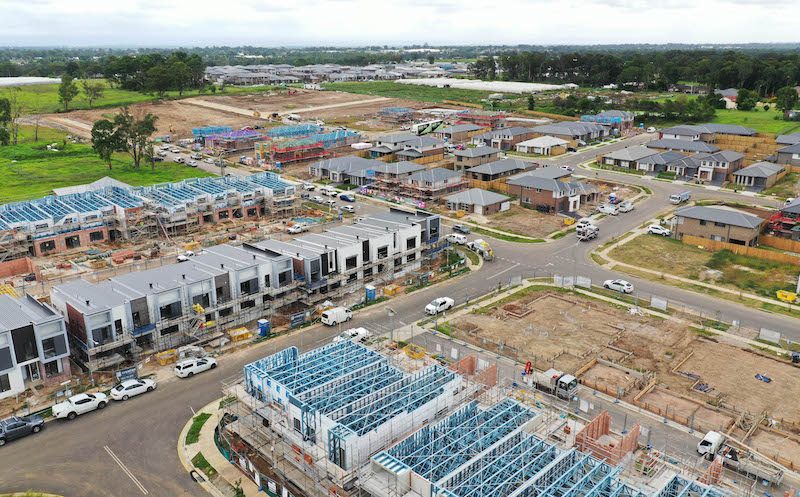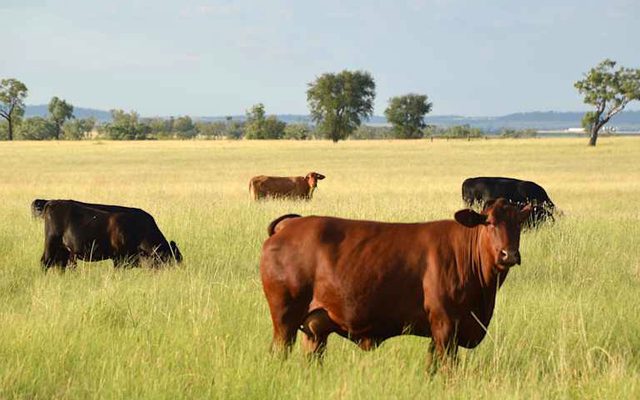This article is from the Australian Property Journal archive
NEW housing loan commitments were down over April, despite ongoing pressures on housing supply including low rental vacancies, increased demand and house prices again on the rise.
According to the latest figures from the ABS, new loan commitments for housing fell 2.9% over April, largely due to a 3.8% decline in owner occupier loans.
With new borrower-accepted loan commitments for housing now worth $23.26 billion, there has been an annual decline of 25.8%, with owner occupier loans down 24.3% to $15.4 billion.
Despite seeing a smaller decline over the month of 0.9%, investor loans in the housing category saw a greater annual decline of 28.6%.
Within the owner occupier category, the value of new loan commitments for the construction of dwellings fell 7.7% to $1.47 billion, or an annual decline of 32.2%.
“The number of loans issued for the purchase or construction of a new home has fallen to a new low,” noted Tom Devitt, senior economist at HIA.
“The last time so few loans were issued for the purchase or construction of a new home was in September 2008, when the GFC caused a contraction in building.”
The new loans for the purchase of newly erected dwellings was down 2.9% to $0.98 billion, down 22.3%.
New loans for the purchase of existing dwellings were down 3.4% to $11.95 billion, a 23.8% annual decline.
For first home buyers there was a 2.1% decline in the value of new loan commitments to $3.86 billion, reflecting a 16.4% annual decline.
“The average loan size for owner occupiers dropped 3.8% m/m to $620k, suggesting either the continuing impact of falling home prices until mid-February on settled loans or perhaps higher-than-average deposits, as excess savings from 2020–22 impact lending behaviour,” said Adelaide Timbrell, senior economist at ANZ.
NSW saw a 5.1% fall in value of new loan commitments for owner occupier housing, with Victoria down 1.9%, Queensland 1.8%, ACT 5.3%, NT down 20.6%, WA down 1.0%, Tasmania 0.1% and South Australia with a slight 0.01% fall.
“The imbalance between underlying demand and supply has placed a floor under prices. New listings have fallen to a decade low, and price growth has returned in markets where households have a greater incidence of purchasing with cash such as the upper quartile of Sydney, Melbourne and Perth,” said Maree Kilroy, senior economist for Oxford Economics Australia.
“Whether price growth is sustained over the remainder of 2023 is uncertain. The impact of rising interest rates on existing at-risk borrowers is yet to play through, with a wave of fixed-rate mortgages to soon rollover.”
“This still has the potential to trigger a material lift in pressured sales that can offset the current momentum in property prices in the back half of 2023.”
Meanwhile the value of external refinancing for housing fell 9.2% to $19.3 billion, this after a record high of $21.3 billion in March and an annual increase 14.2%.
Owner-occupier housing fell 8.6% to $13.0 billion but was 13.5% higher compared to a year ago.
With investor housing falling 10.4% to $6.3 billion, though seeing a 15.6% increase on the same time last year.
“There are very long lags in this cycle and the full impact of the RBA’s rate increases are still to fully hit the housing market, let alone the broader economy,” concluded Devitt.
“These low lending numbers reflect a lack of new work entering the pipeline at the same time that population growth is surging.”




